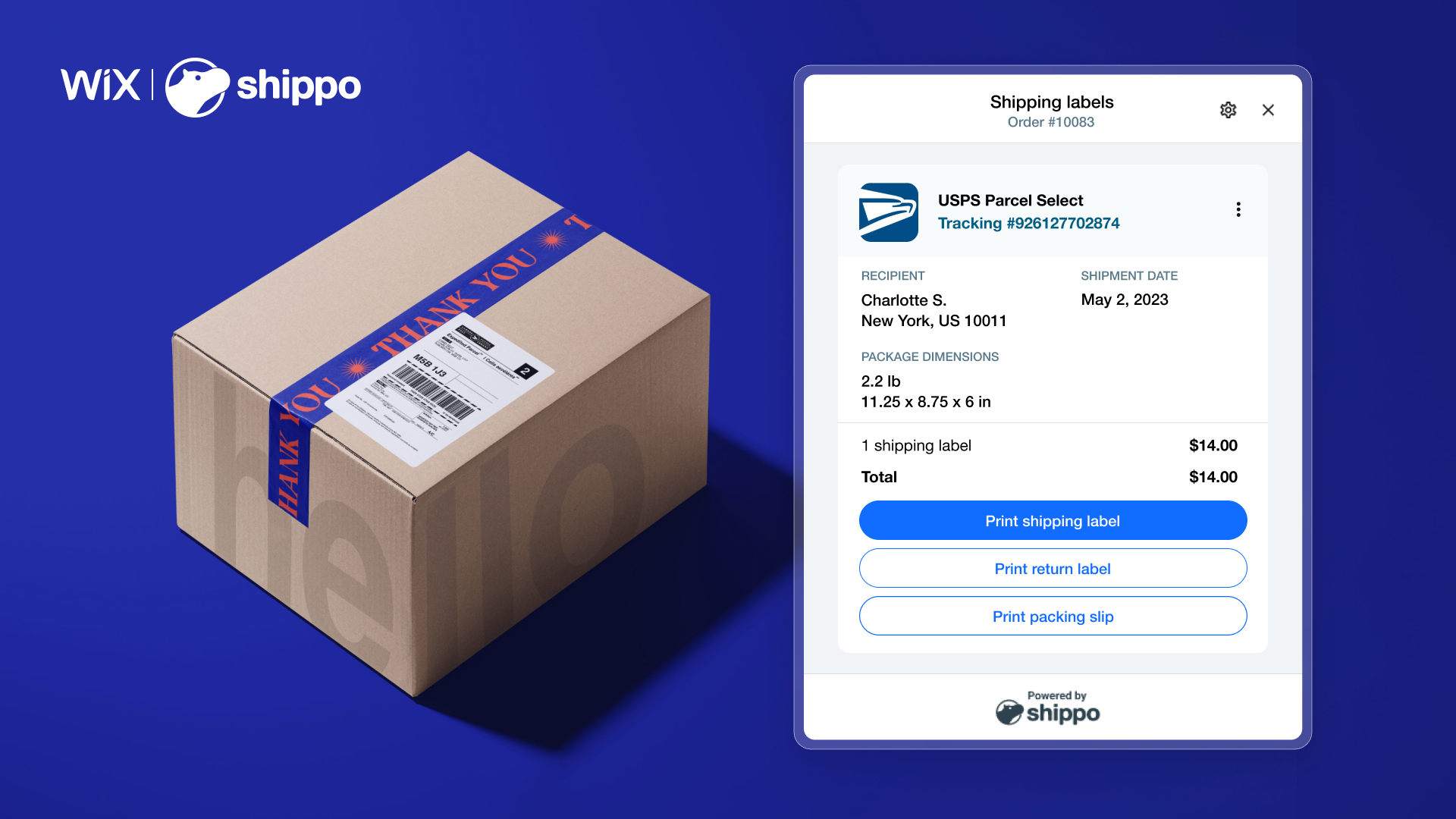Hines, a global real estate investment, development, and property manager, has acquired five logistics assets across three separate transactions from different vendors throughout the UK, Spain, and The Netherlands on behalf of its Hines European Property Partners (HEPP) core-plus fund.
In the current macro-economic climate, investor appetite for high quality logistics assets remains healthy, backed by strong occupier demand and robust operating fundamentals. The locations of the assets are strong, with the majority of the assets in The Netherlands situated adjacent to Schiphol Airport, the Spanish asset is five minutes from Terminal 2 at Aeropuerto Josep Tarradellas Barcelona-El Prat, and the UK asset is located in Warrington in an urban location, all benefiting from superior transportation links.
Consistent with Hines’ value-focused logistics acquisition strategy, in addition to the high-quality locations, the five assets are highly functional for the needs of their current and future occupiers and were acquired at an attractive capital value basis, reflective of the current market environment, and at a material discount to replacement cost. All of the assets are leased in their entirety, with a weighted average unexpired lease term of approximately 7.5 years.
Last year Hines completed approximately €1.4 billion of logistics transactions across Europe, and currently has approximately 744,000 square metres of logistics assets under construction throughout Europe including the Czech Republic, France, Germany, Italy, Poland, the Netherlands, Spain and the UK, increasing its logistics assets under management and development in Europe to approximately €3.2 billion1.
Jorge Duarte, fund manager of HEPP at Hines, said: “These acquisitions reflect our value and income-focused logistics aggregation strategy to carefully pinpoint well located assets within Europe’s most dynamic regions, at attractive prices, particularly in the context of the current market environment. We remain focused on acquiring attractively priced income producing assets throughout Europe, which we can add value over time through proactive asset management and a focus on ESG.”







